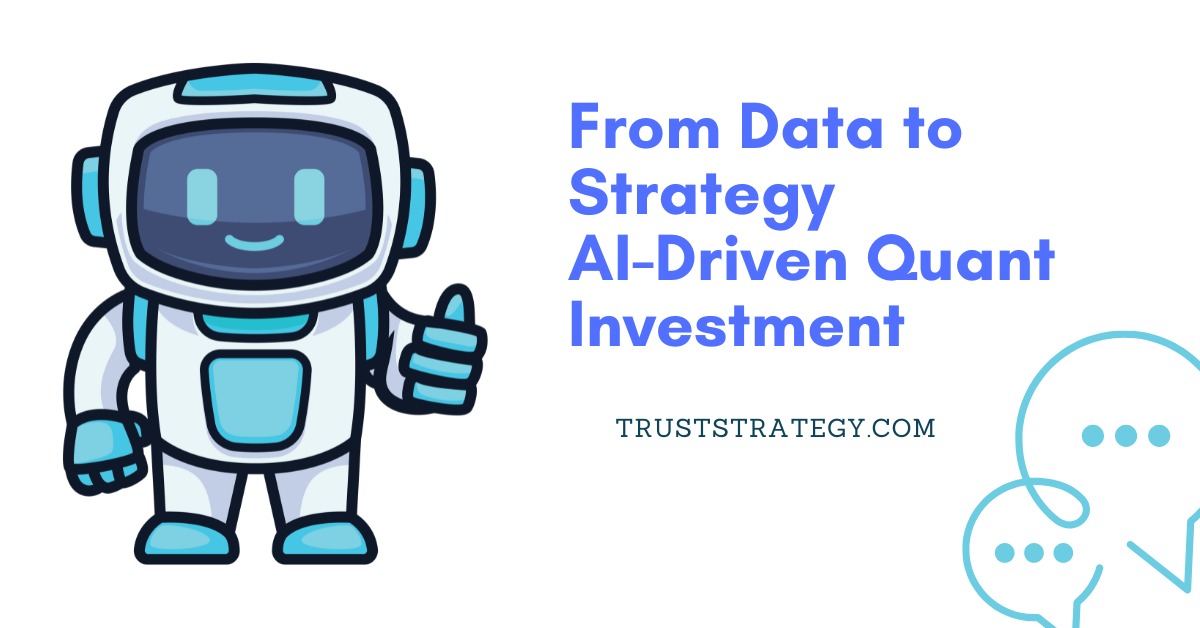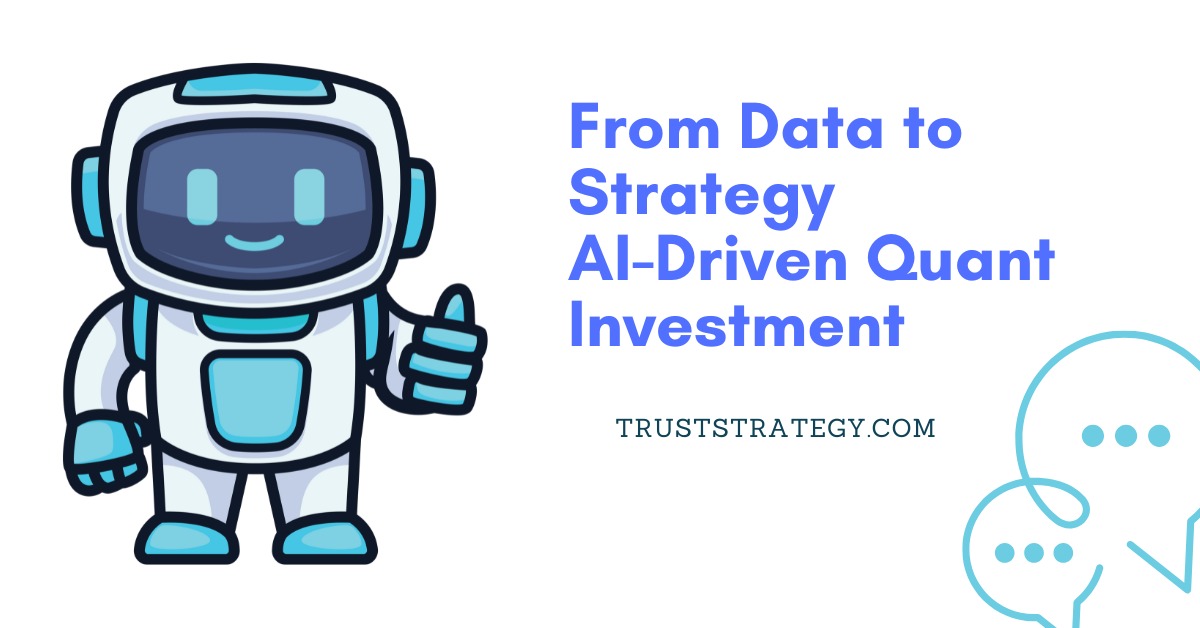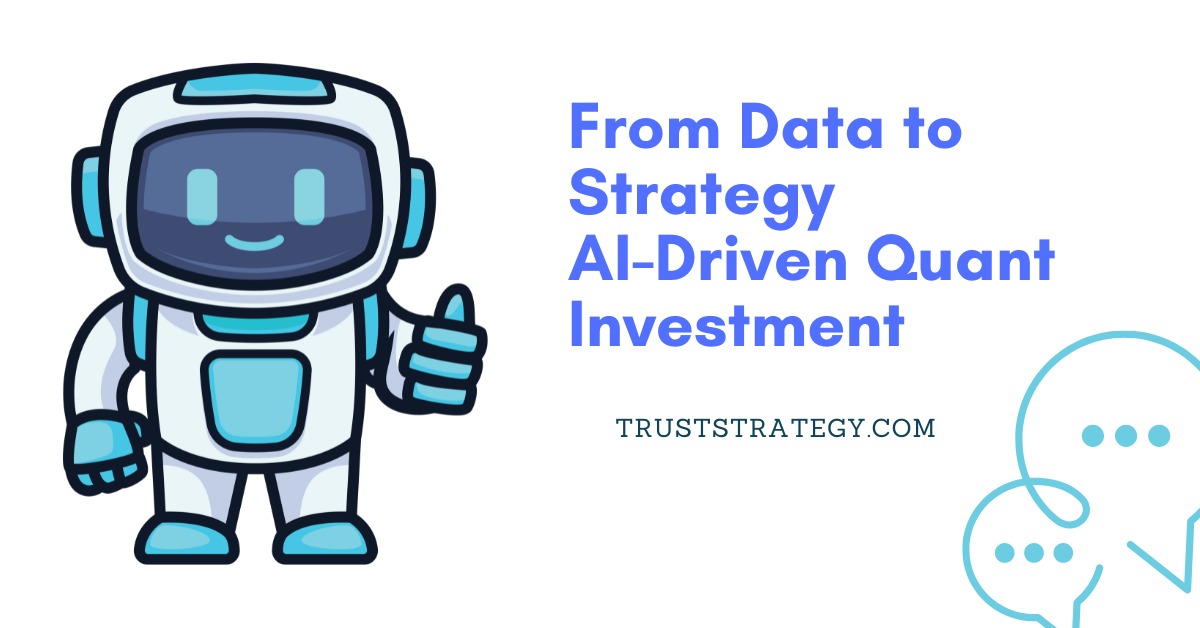
MasterQuant and TrustStrategy have positioned themselves as leading AI-driven crypto trading platforms, offering traders powerful automation tools that implement consistent, rules-based strategies in real time. Both platforms leverage advanced algorithms, API integrations with major exchanges, and AI-based analytics to remove emotional bias and enhance execution speed. Their solutions cater to traders seeking precision, risk control, and adaptability in today’s fast-moving digital assets market.
Why Automated Strategies Outperform Manual Trading
MasterQuant and TrustStrategy provide a range of trading options, with Dollar Cost Averaging (DCA), grid trading, and arbitrage being among the most widely used. DCA bots automatically purchase a fixed amount of cryptocurrency at regular intervals, reducing exposure to short-term volatility and enforcing disciplined investment habits. Both platforms allow customization of order size, purchase frequency, and integration with tools like stop-loss and advanced indicators, making the strategy adaptable for long-term portfolio growth. However, traders must note that DCA can be less effective during prolonged downtrends or in short-term speculation scenarios.
Optimizing Grid Trading for Sideways Markets
Grid trading bots on MasterQuant and TrustStrategy are designed to capture profits from repetitive price movements within a predefined range. By placing multiple buy and sell orders at set intervals, traders can benefit from market oscillations without constant monitoring. These platforms enhance grid trading through volatility-based adjustments, historical performance data, and real-time liquidity tracking. While grid trading thrives in sideways markets, it requires careful parameter selection to avoid underperformance during strong breakouts.
Arbitrage Opportunities Across Markets
Arbitrage remains a core strength for both MasterQuant and TrustStrategy. Their bots scan multiple exchanges to identify price discrepancies and execute trades within milliseconds, capitalizing on spatial, triangular, and even decentralized finance (DeFi) arbitrage opportunities. Low-latency order execution, comprehensive fee calculations, and on-chain analytics give these platforms a competitive advantage. Still, profit margins in arbitrage have narrowed, requiring increasingly advanced tools to maintain consistent results.
Choosing the Right Strategy
Market conditions, risk tolerance, and access to backtesting tools all influence strategy selection. Many traders on MasterQuant and TrustStrategy adopt hybrid approaches—for example, using DCA to accumulate assets over time while deploying grid trading during consolidation phases. AI-powered market analysis within these platforms further strengthens decision-making by detecting correlations, volatility shifts, and sentiment trends.
Security, Testing, and Risk Management
Both MasterQuant and TrustStrategy connect to exchanges via secure APIs, enabling automated trading without compromising account safety. Traders are encouraged to start with small allocations, thoroughly test strategies in demo or low-risk environments, and make use of the platforms’ educational resources. While automation improves efficiency, it does not eliminate risk—technical issues, API downtime, and extreme market events remain potential challenges.
Conclusion
MasterQuant and TrustStrategy provide traders with comprehensive tools for implementing DCA, grid, and arbitrage strategies in a secure, data-driven environment. Each strategy has unique advantages—DCA reduces the impact of volatility, grid bots excel in ranging markets, and arbitrage exploits cross-market inefficiencies. By combining these approaches with AI-powered insights, both platforms enable traders to adapt to diverse market conditions while maintaining disciplined execution.





